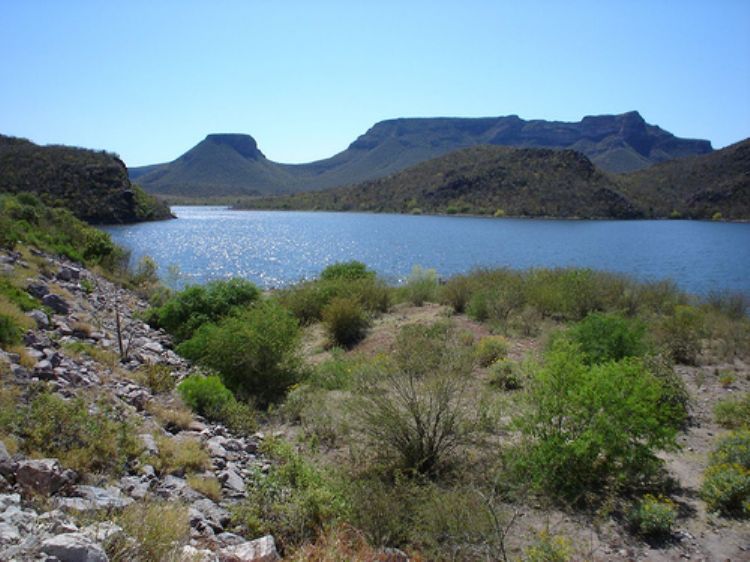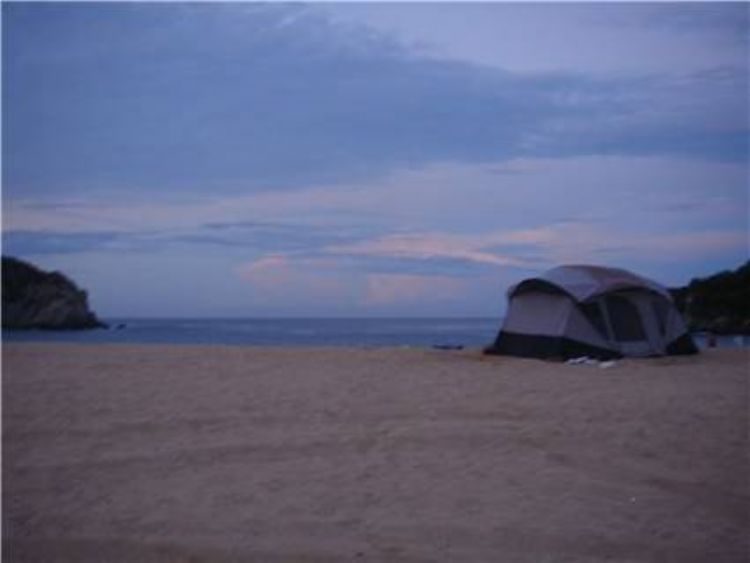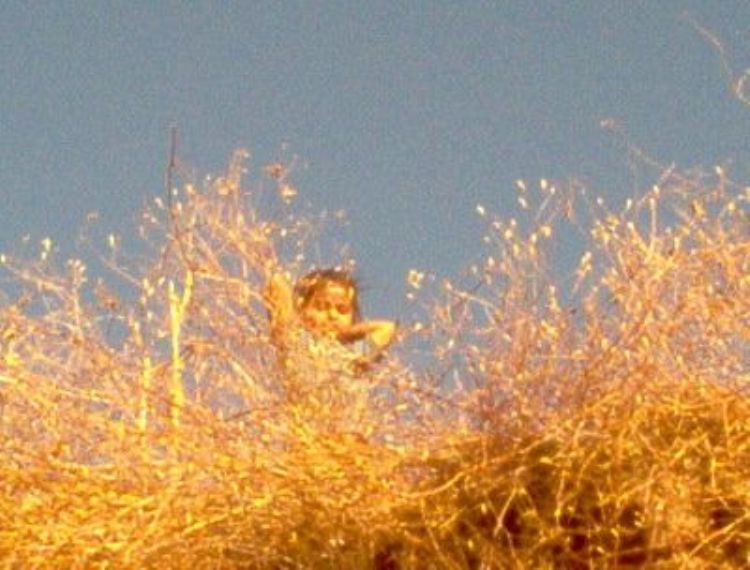
Temazcal is a word of Nahuatl origin formed by temaz â ...

Located up in northwest Mexico, the state of Sonora extends throughout an impressive territory of 179,503 sq. kilometers, making it the second largest in the nation only surpassed by Chihuahua, an area which represents 9,2% of the total surface of the country. It shares its borders with the Gulf of California to the west, with the United States to the north, and with the neighboring states of Chihuahua to the east, and Sinaloa to the south. The northern border of the state into the U.S. extends for 588 kilometers,
corresponding in the most part to the state of Arizona.
Many mountain ranges cross the state's territories on its western flank, as part of the outer branch of the chain known as the western Sierra Madre. The main elevations
showing up in the Sonoran landscape include the Cerro Pico Guacamayas and Sierra Los Ajos, both at 2,620 meters, Sierra San Jose at 2,540, Sierra La Charola and Sierra San Luis at 2,520, and Sierra la Mariquita at 2,500 meters above sea level. On the extreme west of the state, the Sonoran plains are framed by 1,208 kilometers of coasts.
The rivers crossing the state travel along a land with a strong gradient towards the shores, which means water is hardly storable; this rivers are named Magdalena, Sonora, Moctezume, Bavispe, Sahuaripa, Bocachi, San Francisco, Sonoyta, Matape, San Miguel , Aros, and Plomo rivers. The only exceptions to this rule are the Yaqui and Mayo rivers, crossing valleys bearing the same names, and which are in fact the only in the state used for agricultural purposes. Other major valleys in the region include the Hermosillo, San Jose de Guaymas, Ures, and San Luis Rio Colorado.
With a dry or very dry climate, the lowest lands of the state reach disturbingly high temperatures; the Altar Desert, located within its limits, is in fact the driest zone in the whole of Mexico, not a small feat by any measure. However, up in the high sierras,climate turns temperate and sub-humid with an annual average rainfall of 1,000 mm.
12,000 hectares of pine, oyamel, white cedar and oak forests cover the mountains inhabited by deer, mountain lion, wild-boar, falcon and hawk.
Meanwhile, the arid plains are home to all sort of cactus, and to a fauna that has naturally developed special skills in order to survive such extreme conditions, species consisting mainly of lizard, iguana, coyote, chameleon, rabbit, hare and tarantula. Finally, in the other environment contained within the state, that of the coasts along the Gulf of California, plenty of heron and seagull circle the skies over an endless sea filled with species such as lobster, prawn, tuna, eel, catfish, sardine, sawfish, shrimp, crab, sea-bream, goldfish, and octopus.

Temazcal is a word of Nahuatl origin formed by temaz â ...

The son of diplomatic parents, Carlos Fuentes was born in...

Mexican syndicalism originated during the first decades o...

Many of us will someday need it to travel, and the first ...

The education supply in Mexico is vast, however, categori...

Mexico offers hundreds of fascinating camping sites. We r...

Different international organisms have developed instrume...

In the prehispanic world, the concept of death played a f...

Until recently, there was a great segmentation in the spo...

